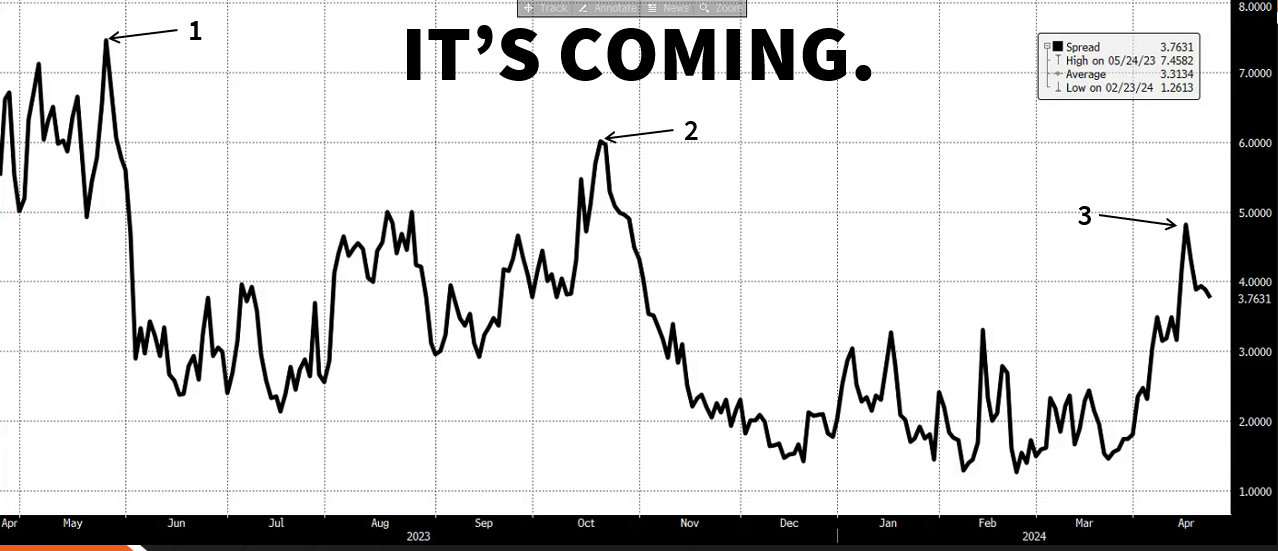However, this does not tell the whole story. Because of the way options are priced for the weekend on Friday the VIX tends to get a small boost upwards on Monday. On Friday traders tend to sell options in order to benefit from free options decay over the weekend’s two non-trading days. This selling pushes down implied volatility on Friday. When options resume trading on Monday the weekend decay is no longer being priced into trader’s pricing models which increases the option’s implied volatility. The net affect of this is that options do not fully realize the time decay they should over the weekend because some of this is already priced into them Friday afternoon.
VIX Up, Market Up?
Today we are getting lots of questions about why the VIX is up 3.0% while the S&P 500 is up 0.5%.The VIX measure implied volatility in the S&P 500 (SPX) options. When there is strong demand for options, implied volatility increases. Typically as the market declines traders rush to the options market to buy puts and hedge their portfolios. This demand pushes implied volatility up and is the reason the VIX is negatively correlated to the S&P 500. Today we are seeing the opposite scenario: encouraged by promises of central bank easing last week traders are rushing out to buy calls as the market rises, particularly in large cap NASDAQ names.
 Brian Stutland
Brian Stutland 
 Joe Tigay
Joe Tigay 

